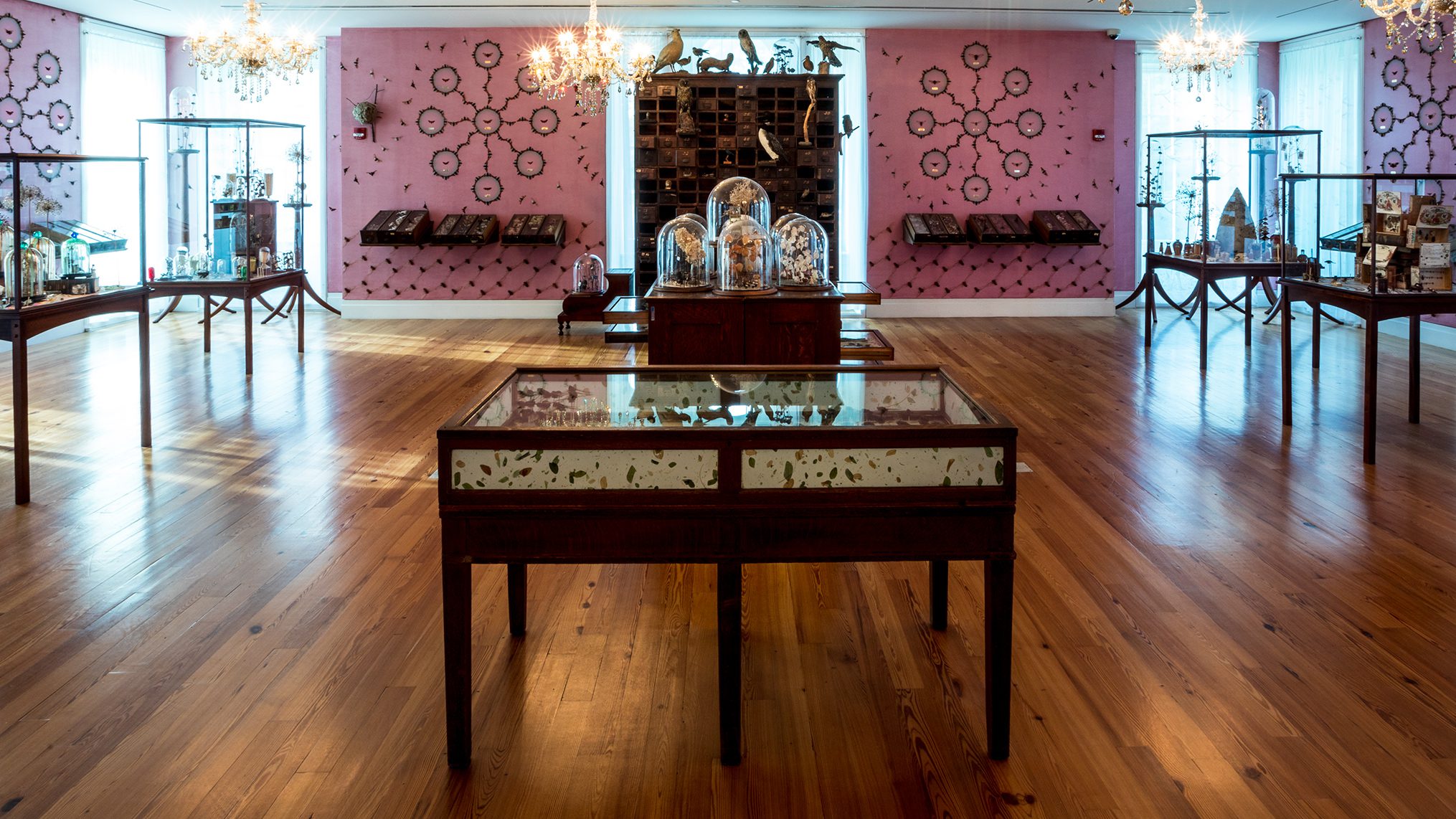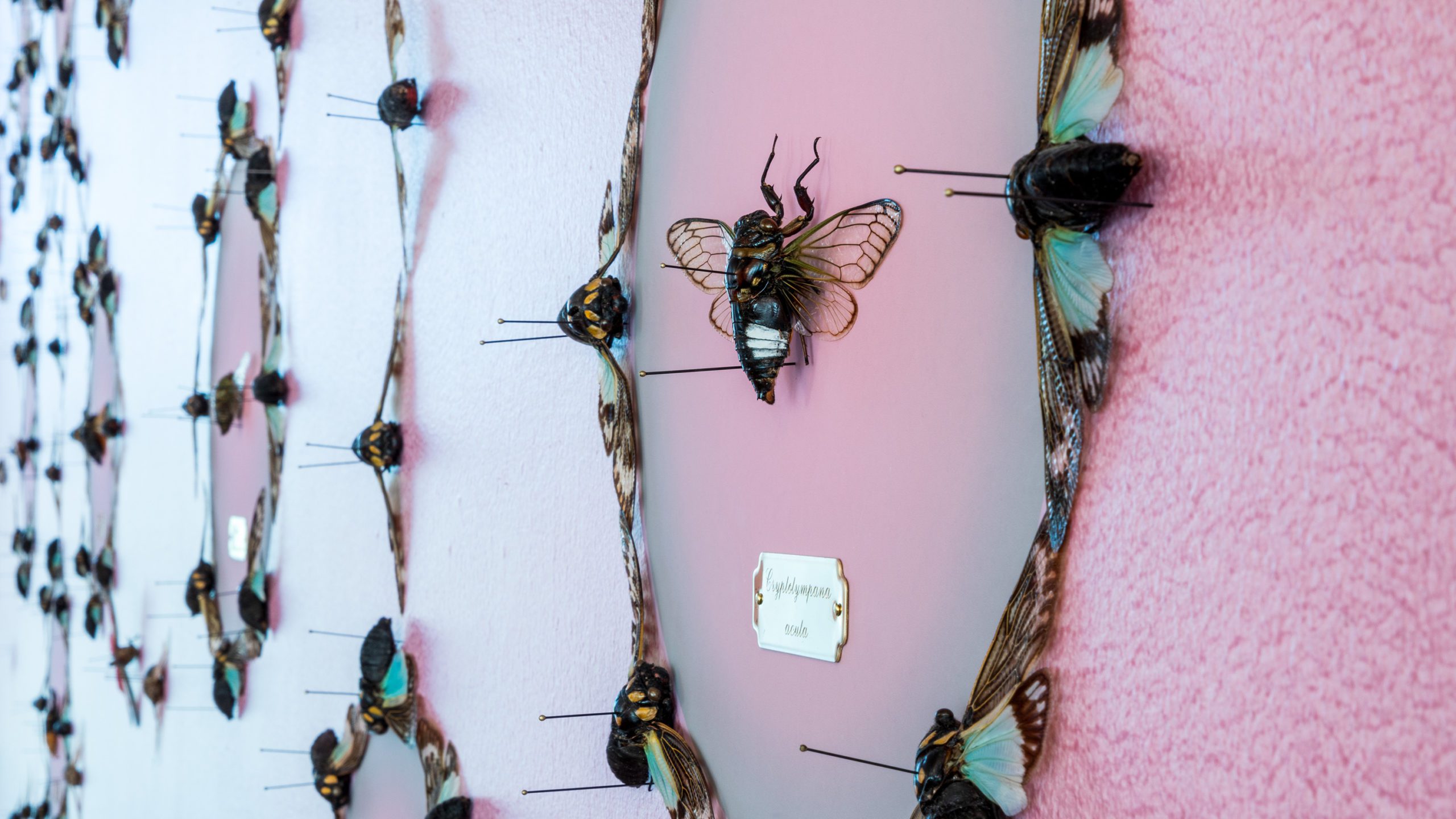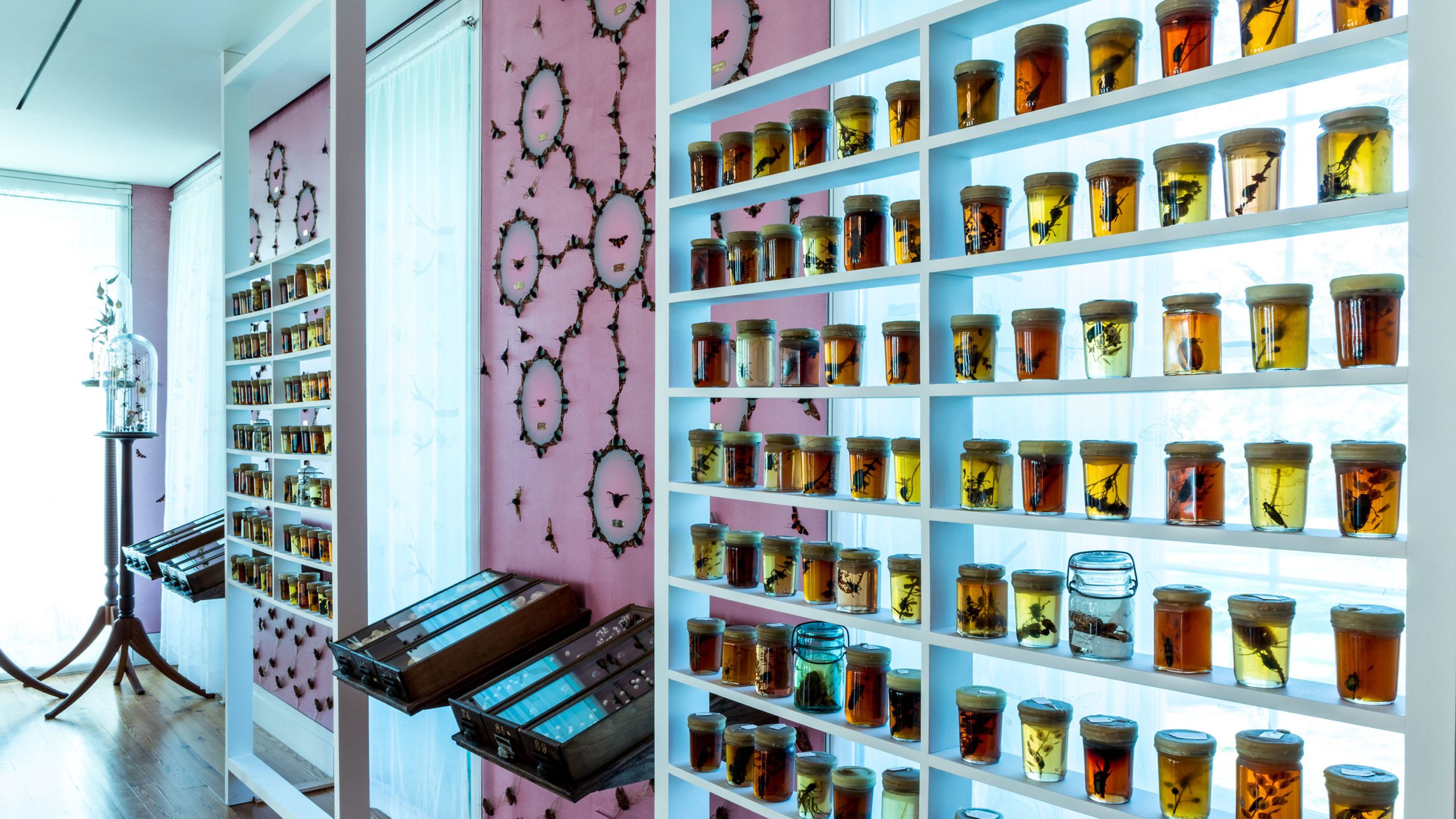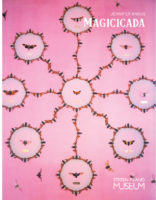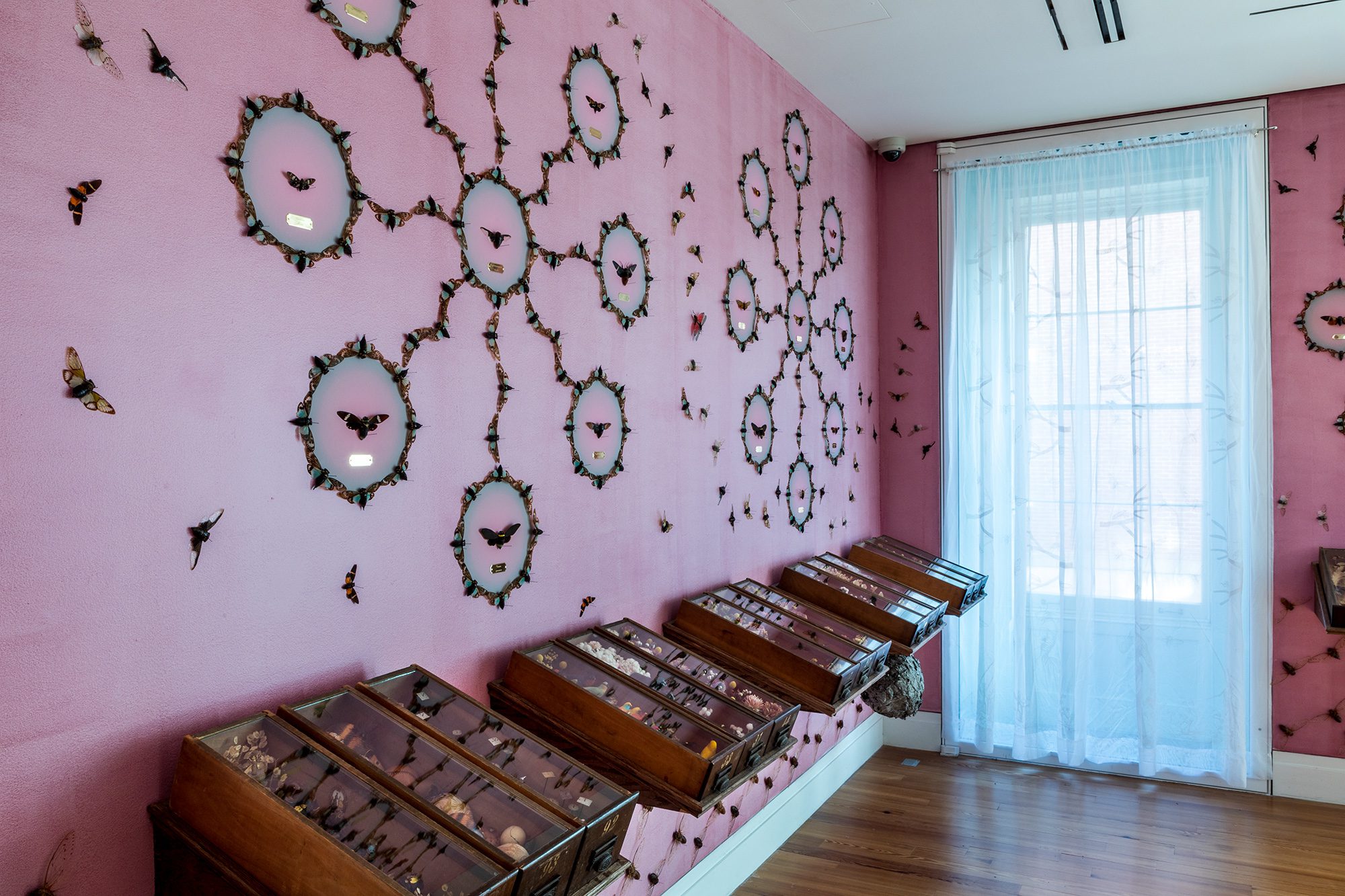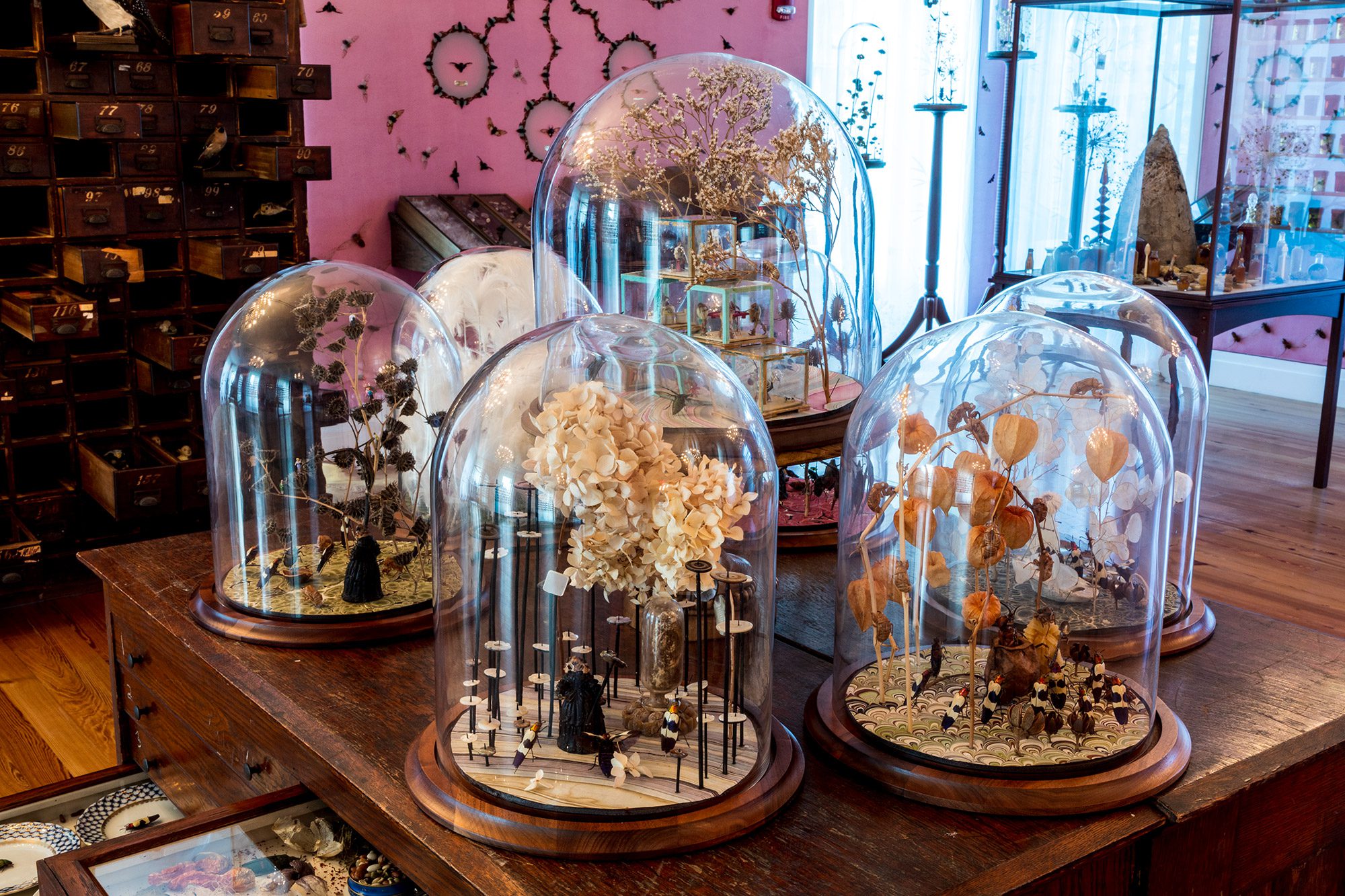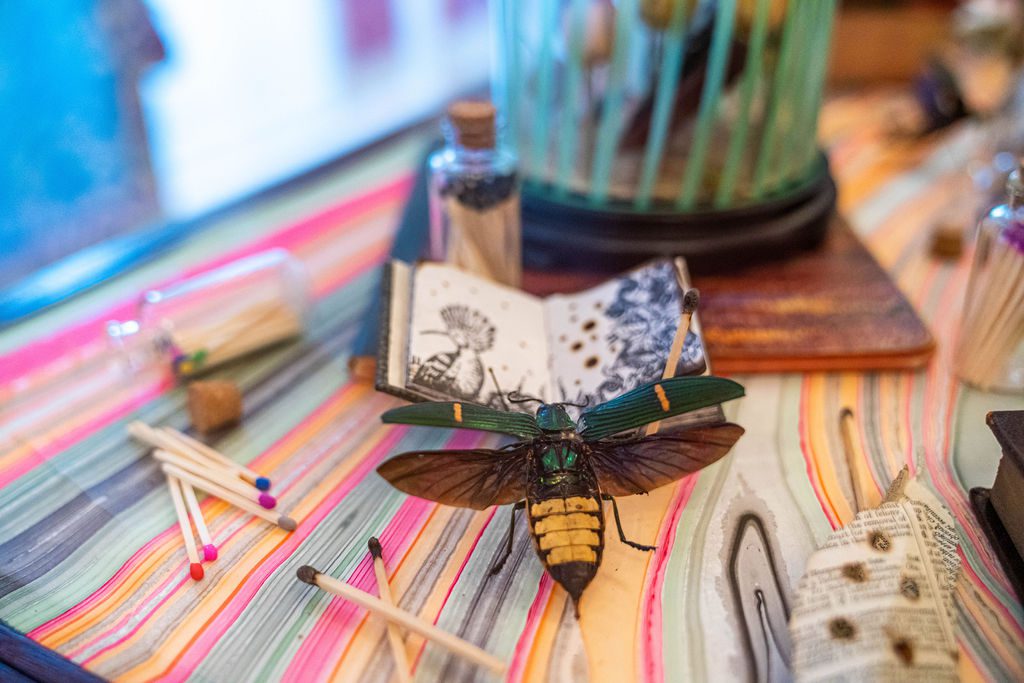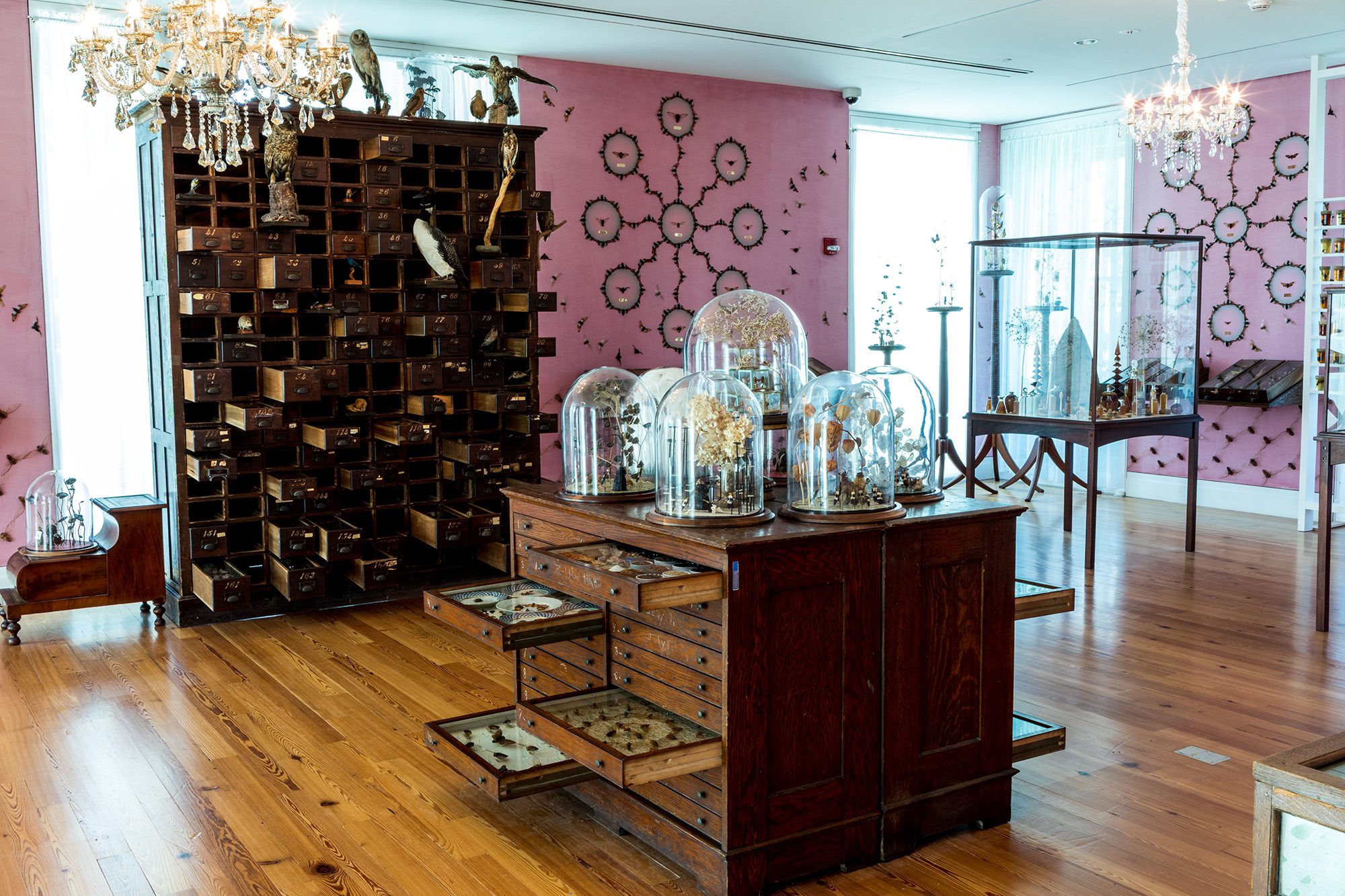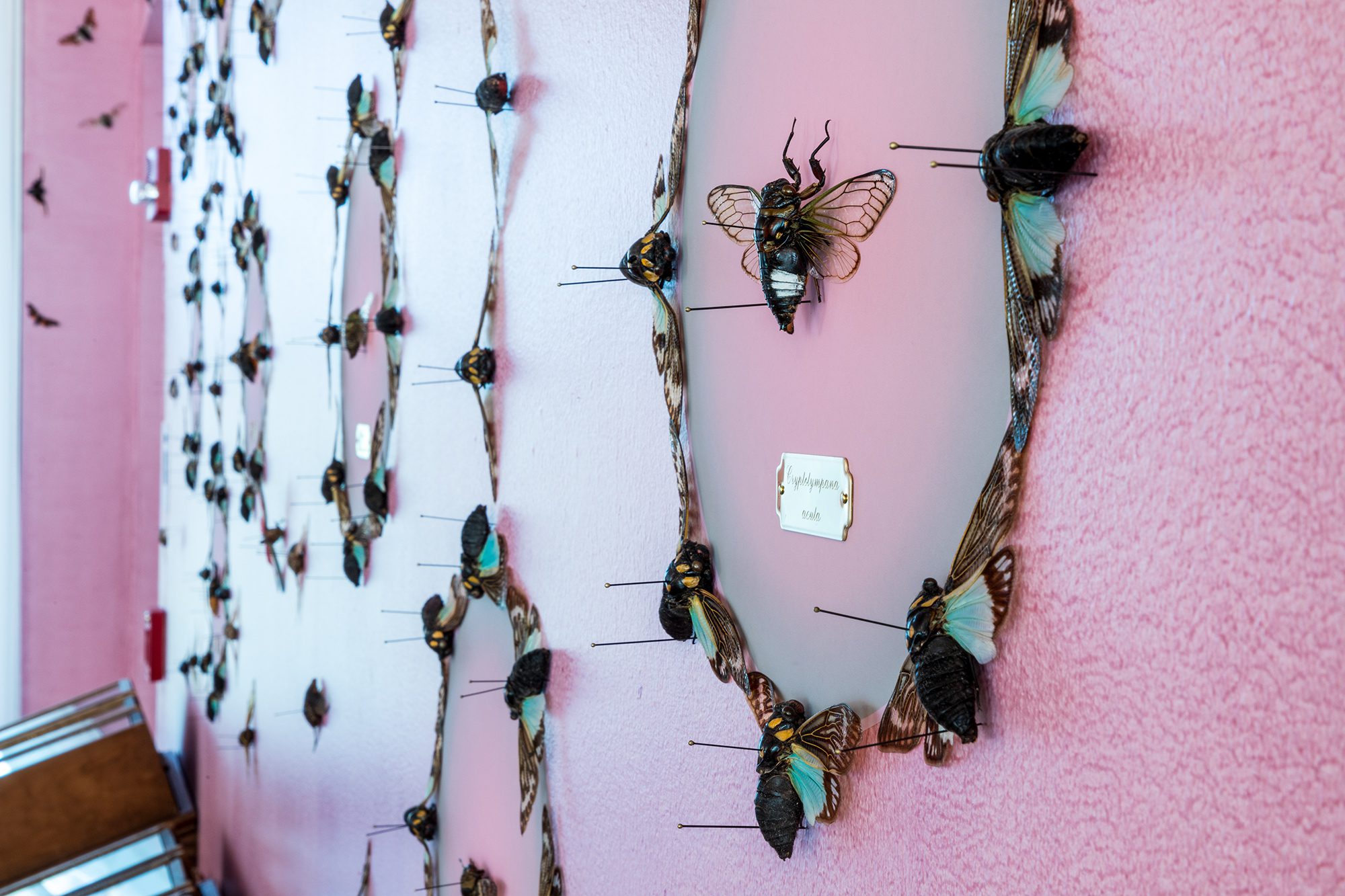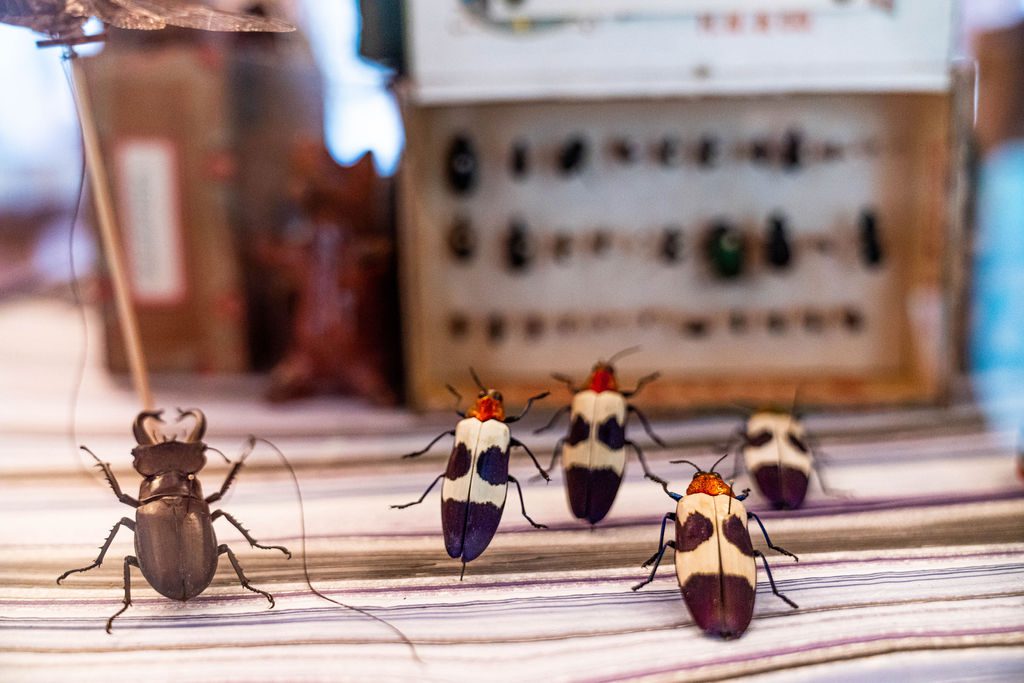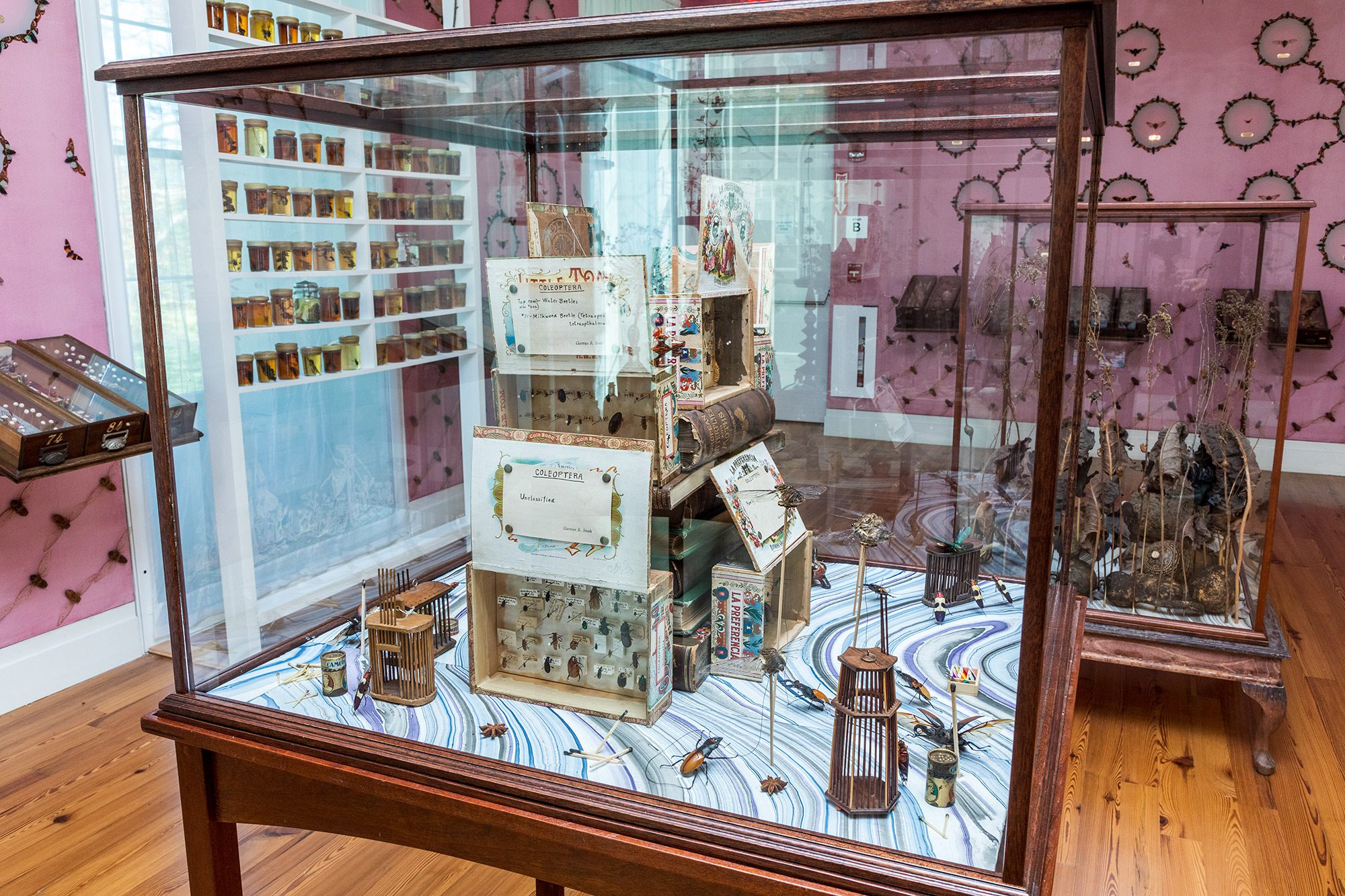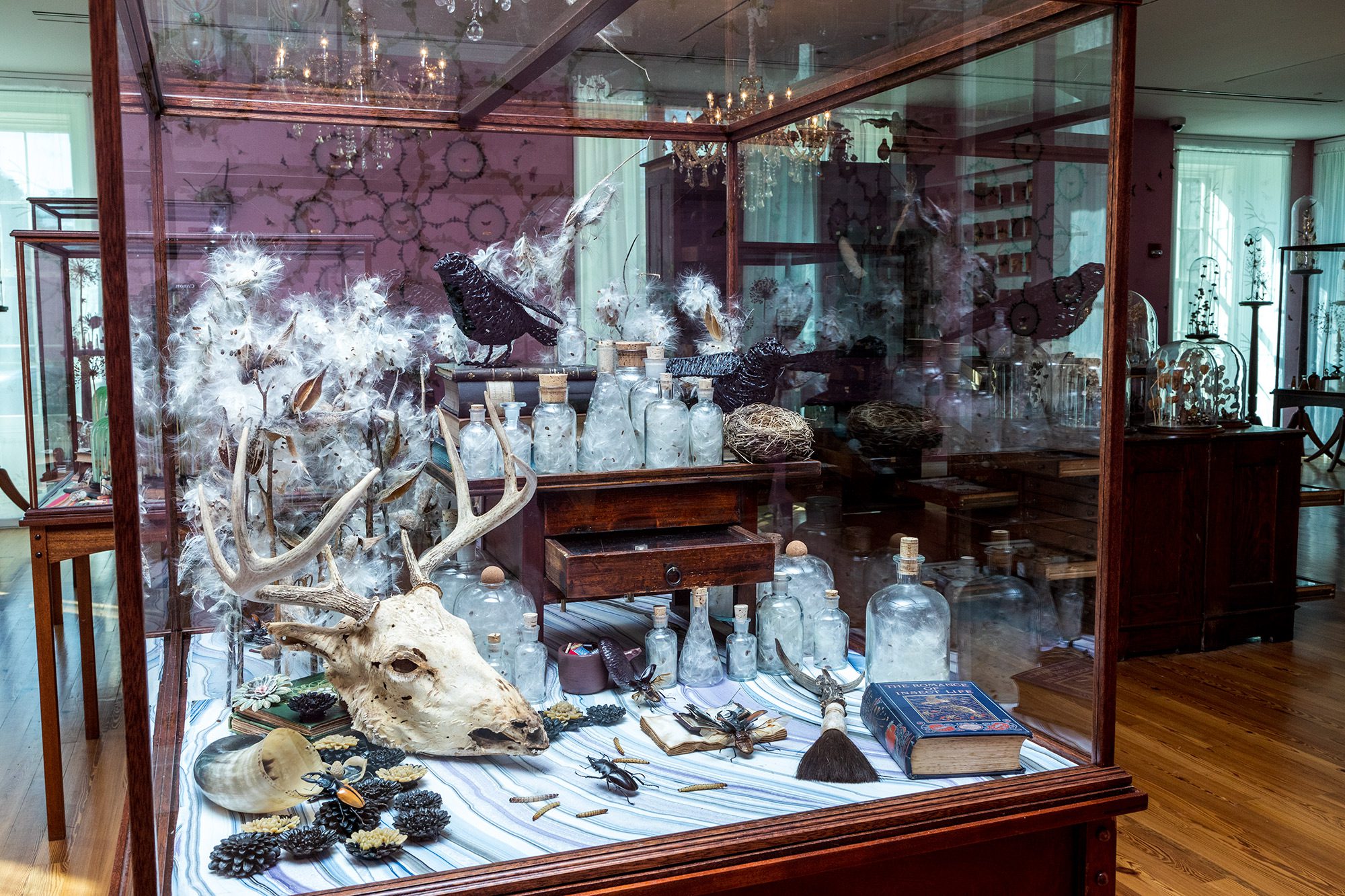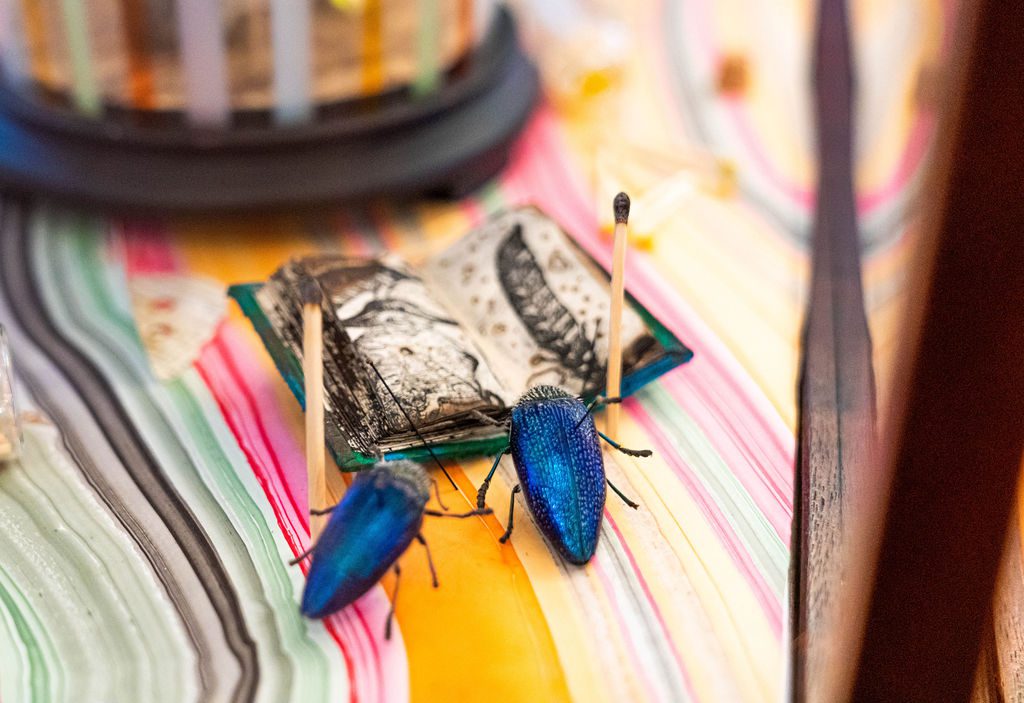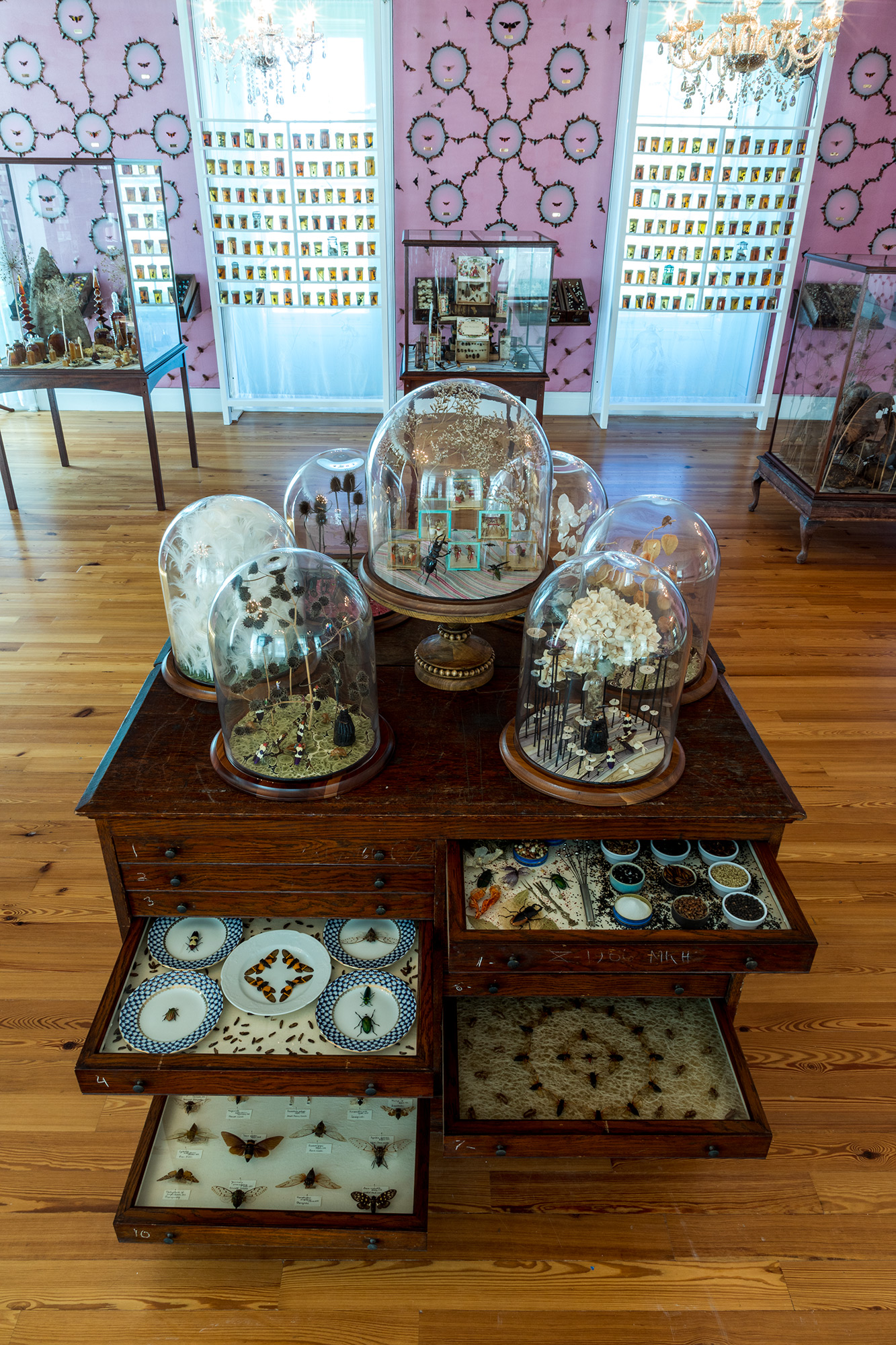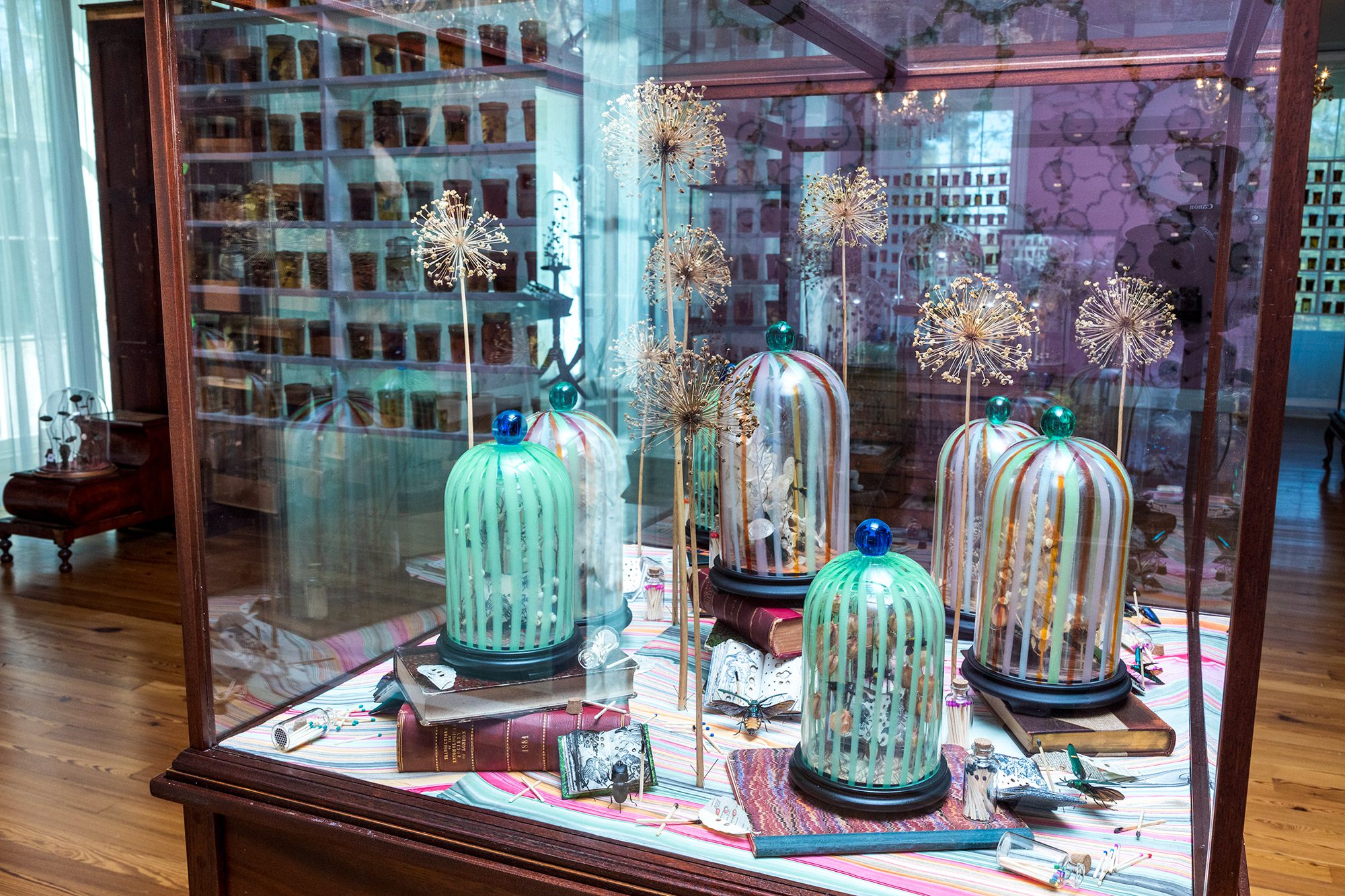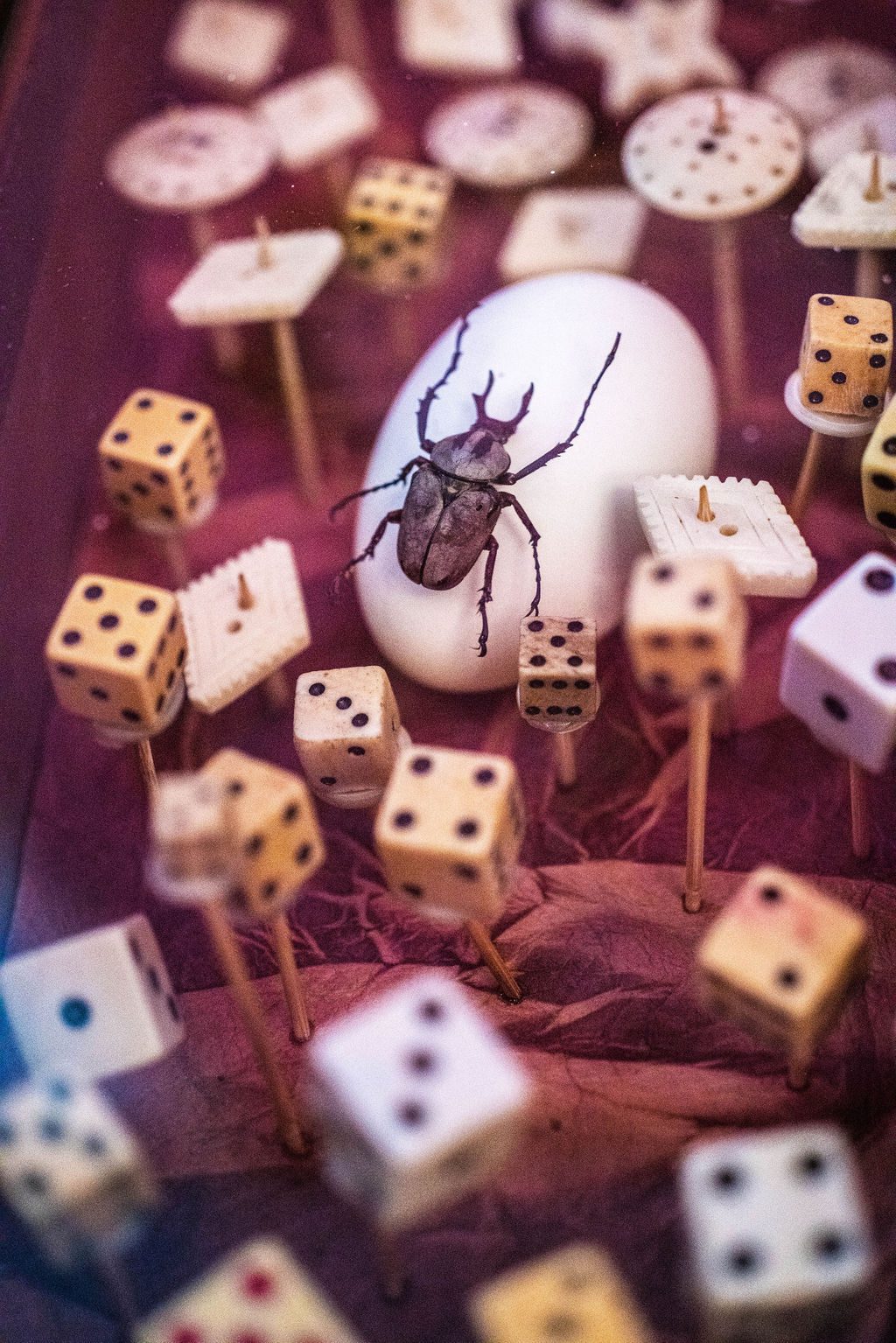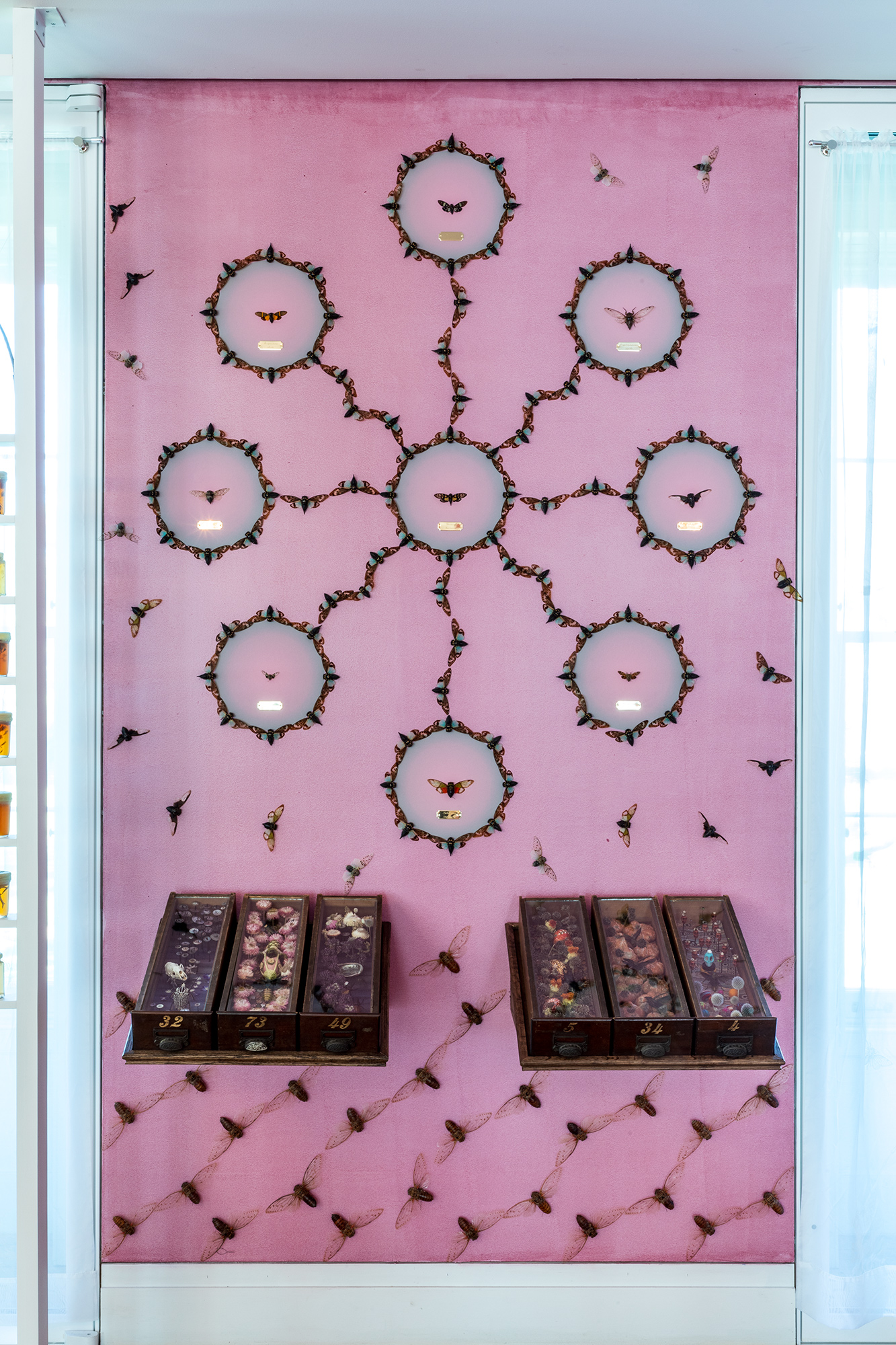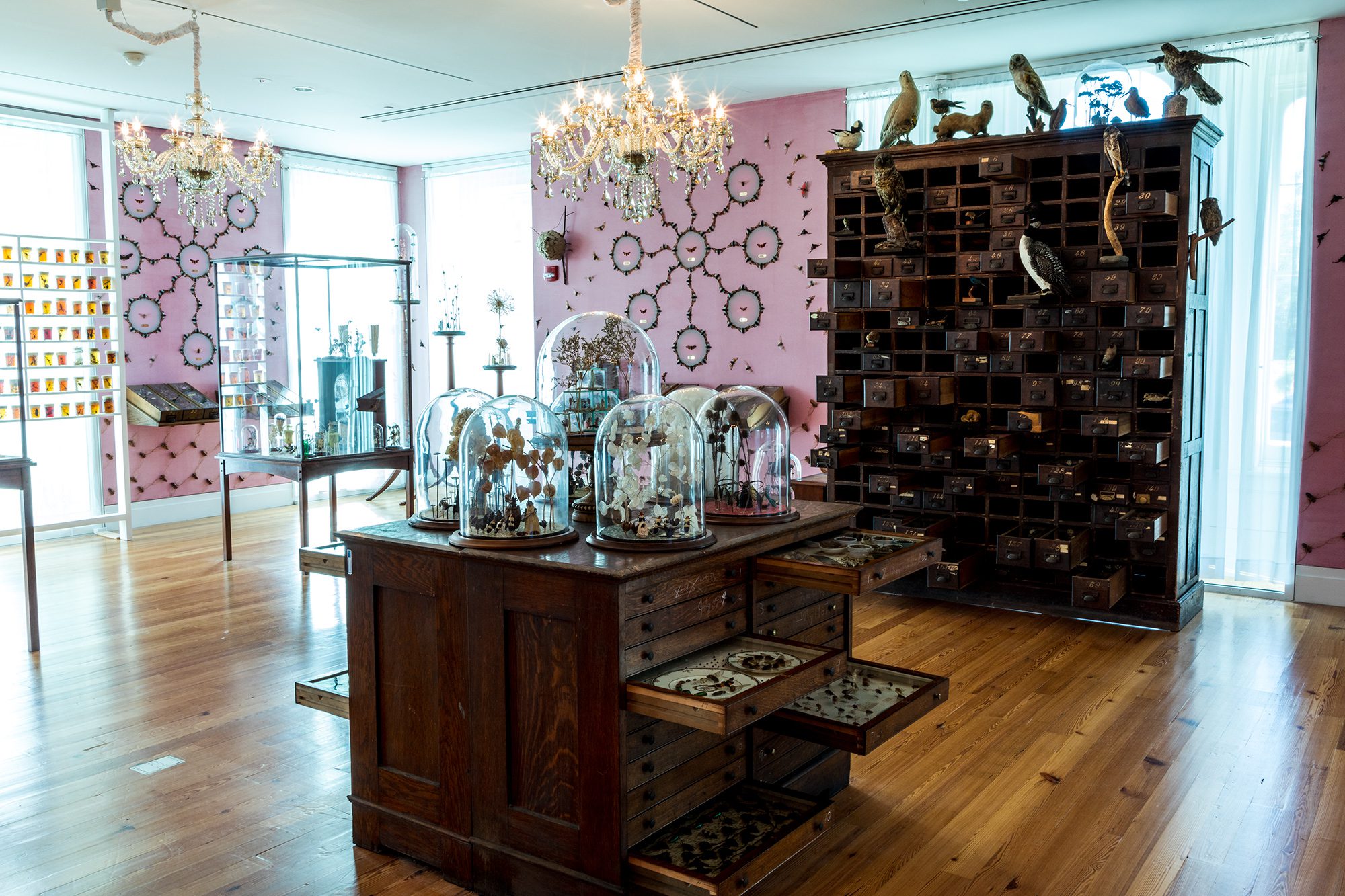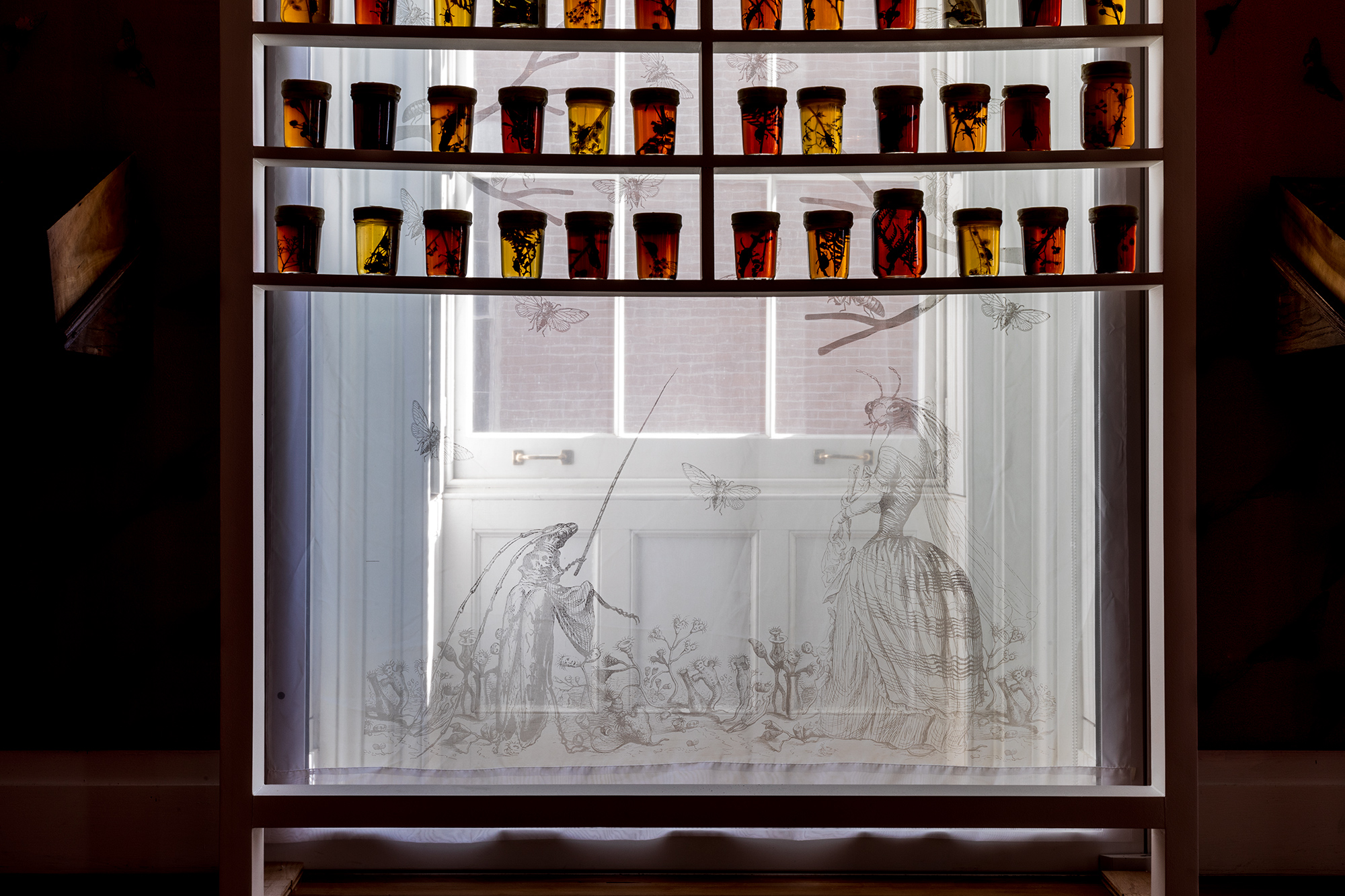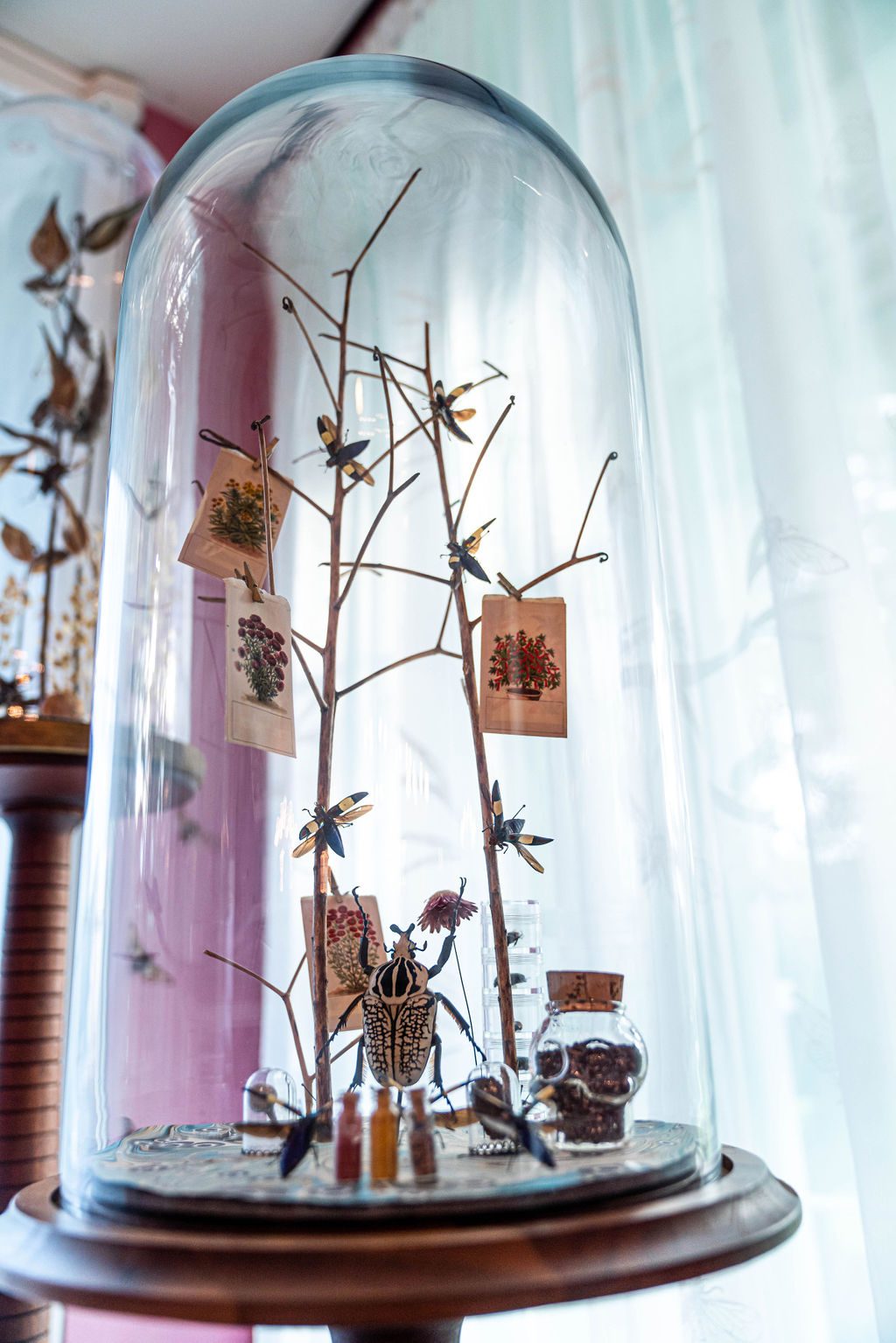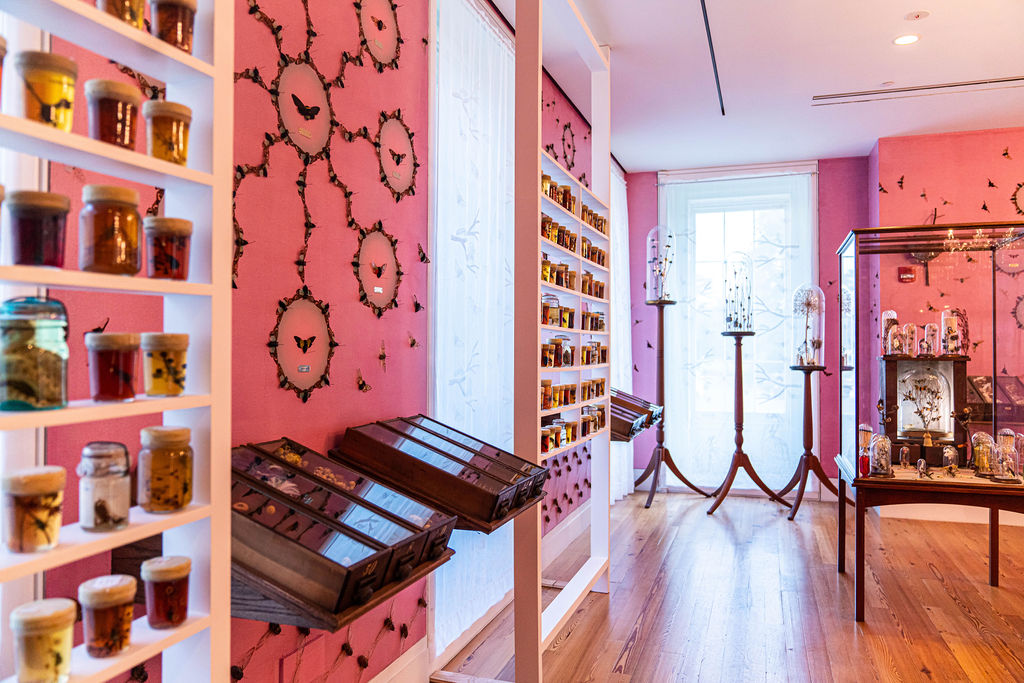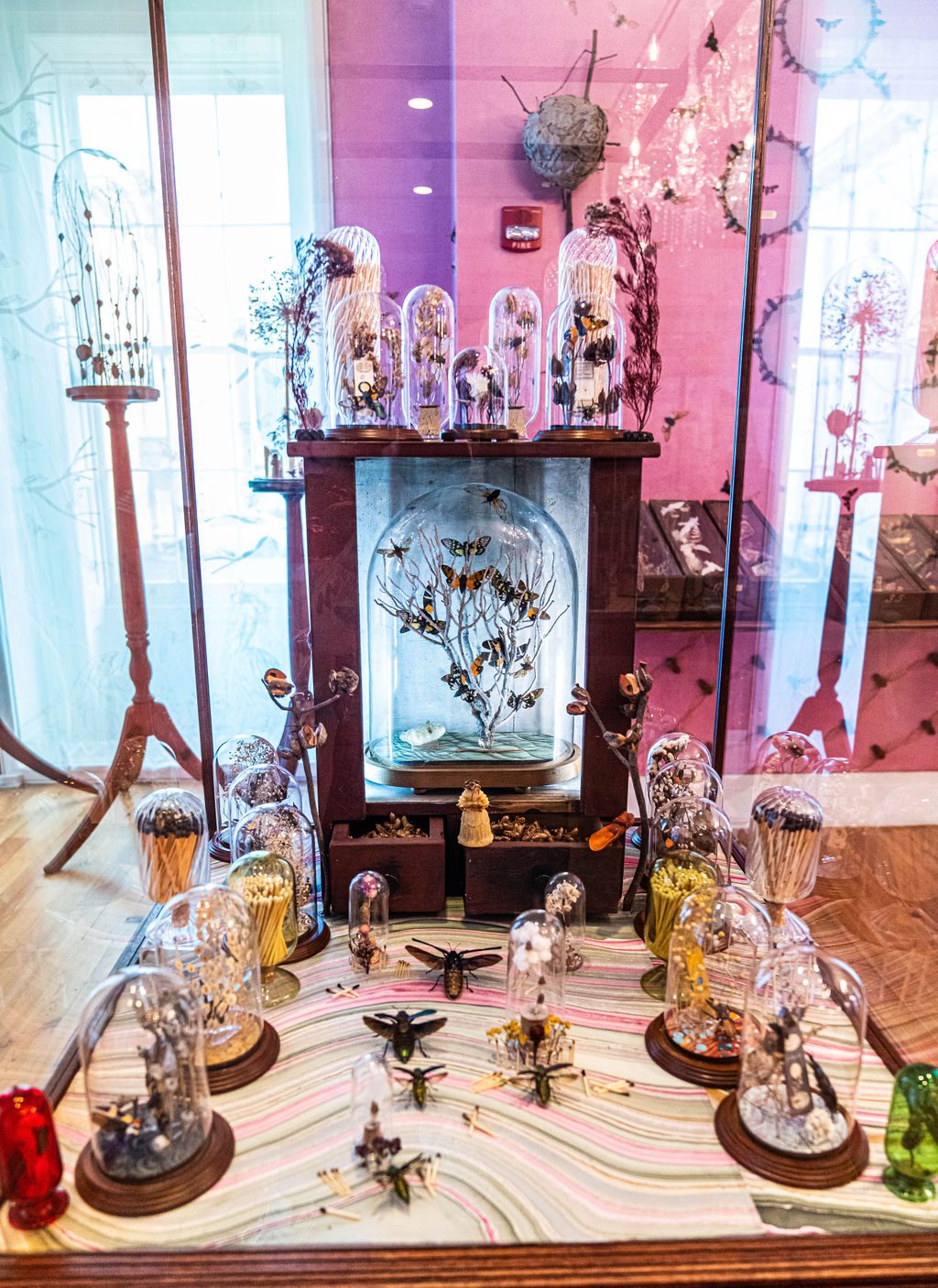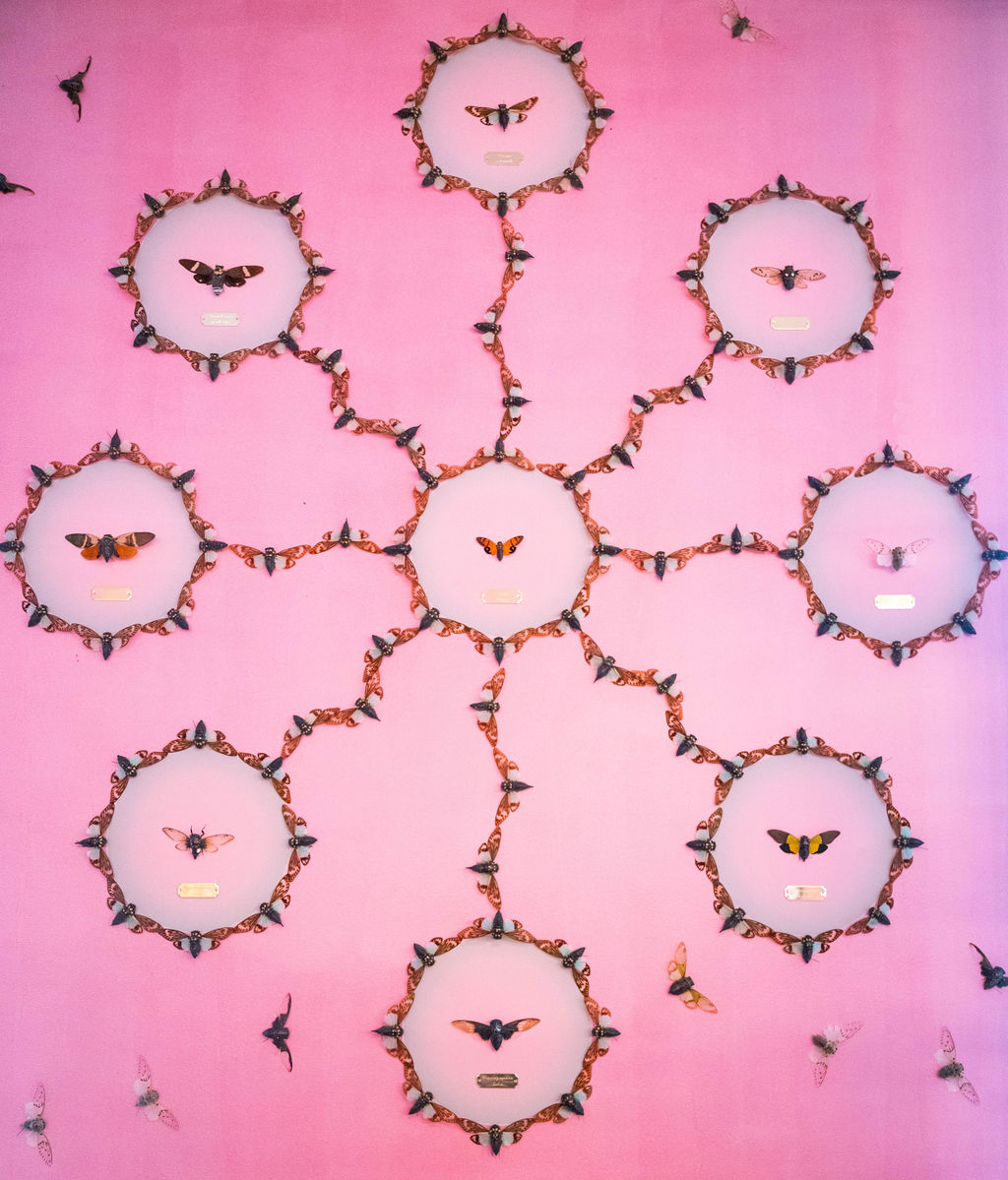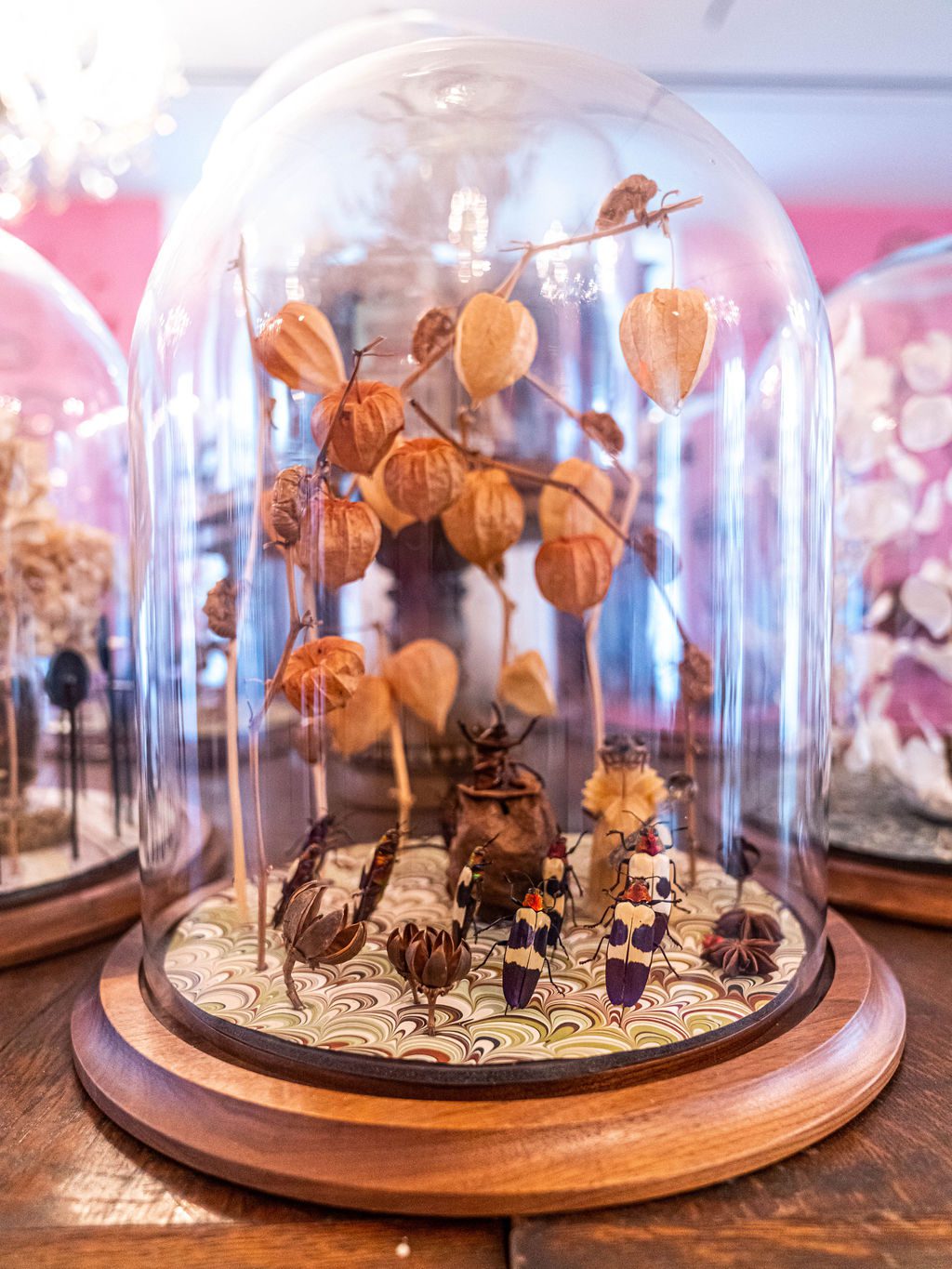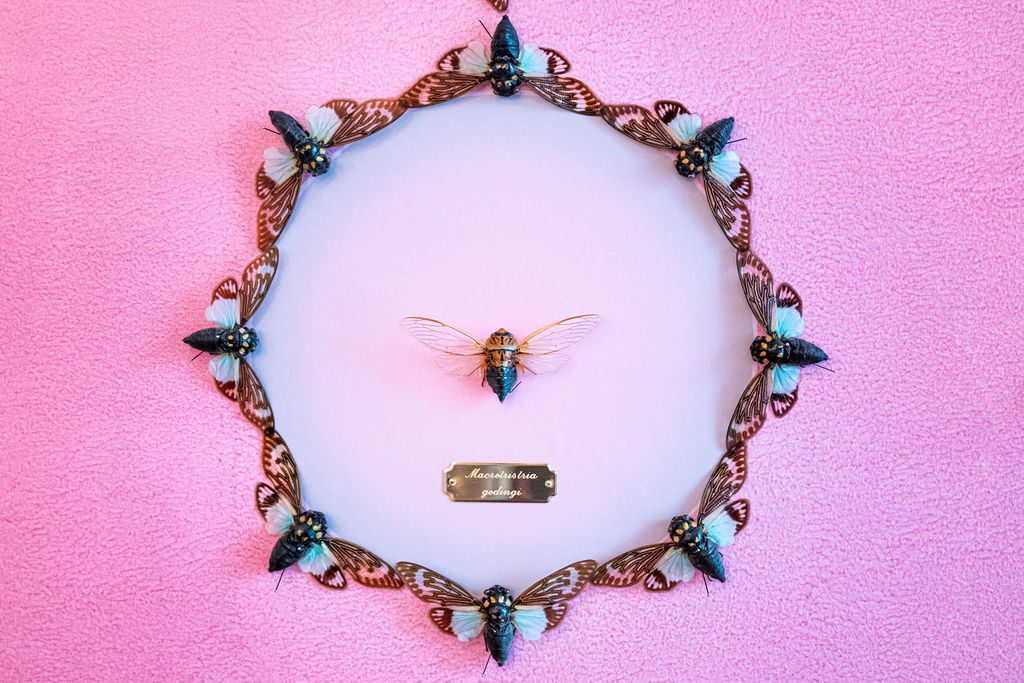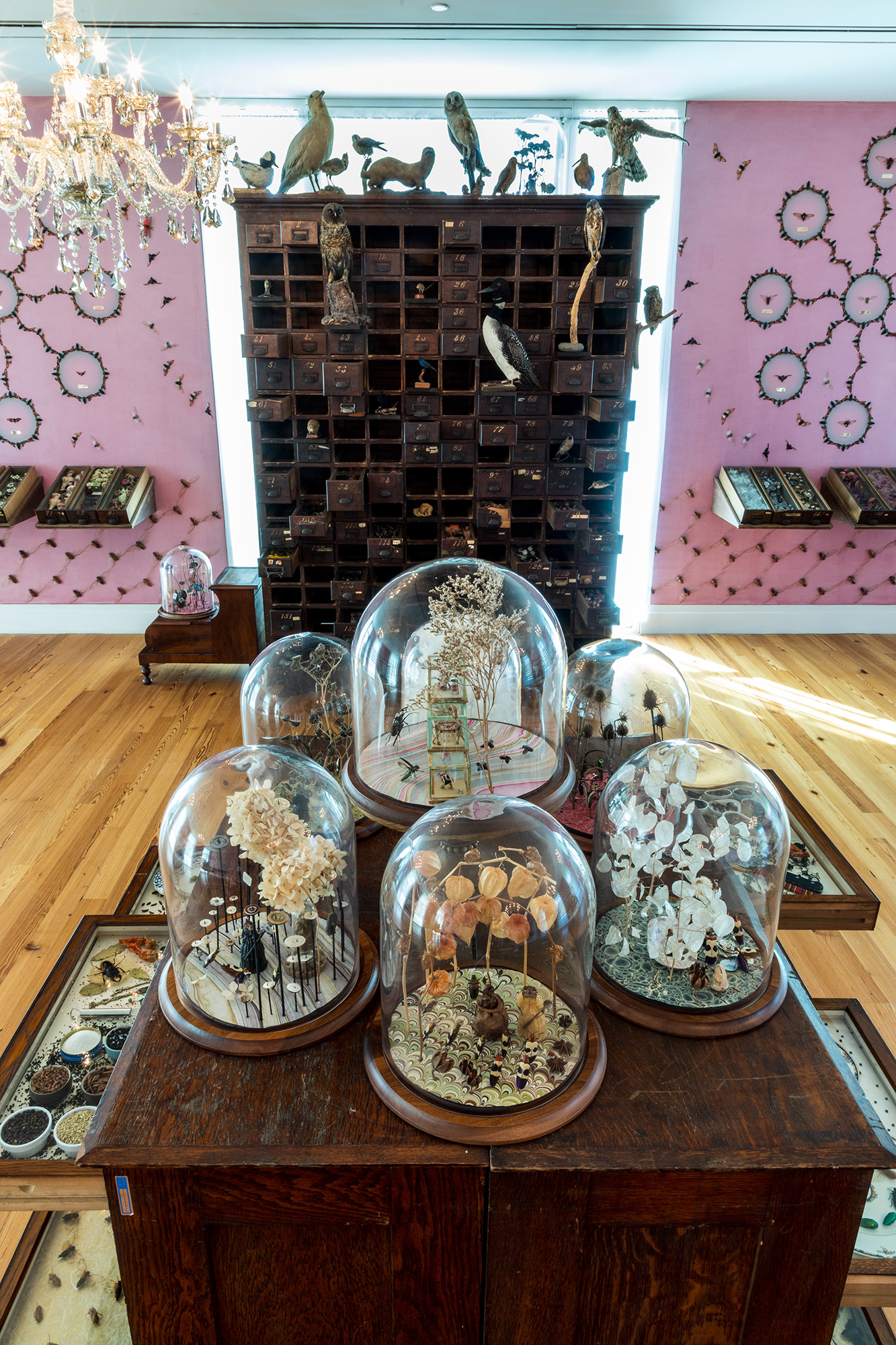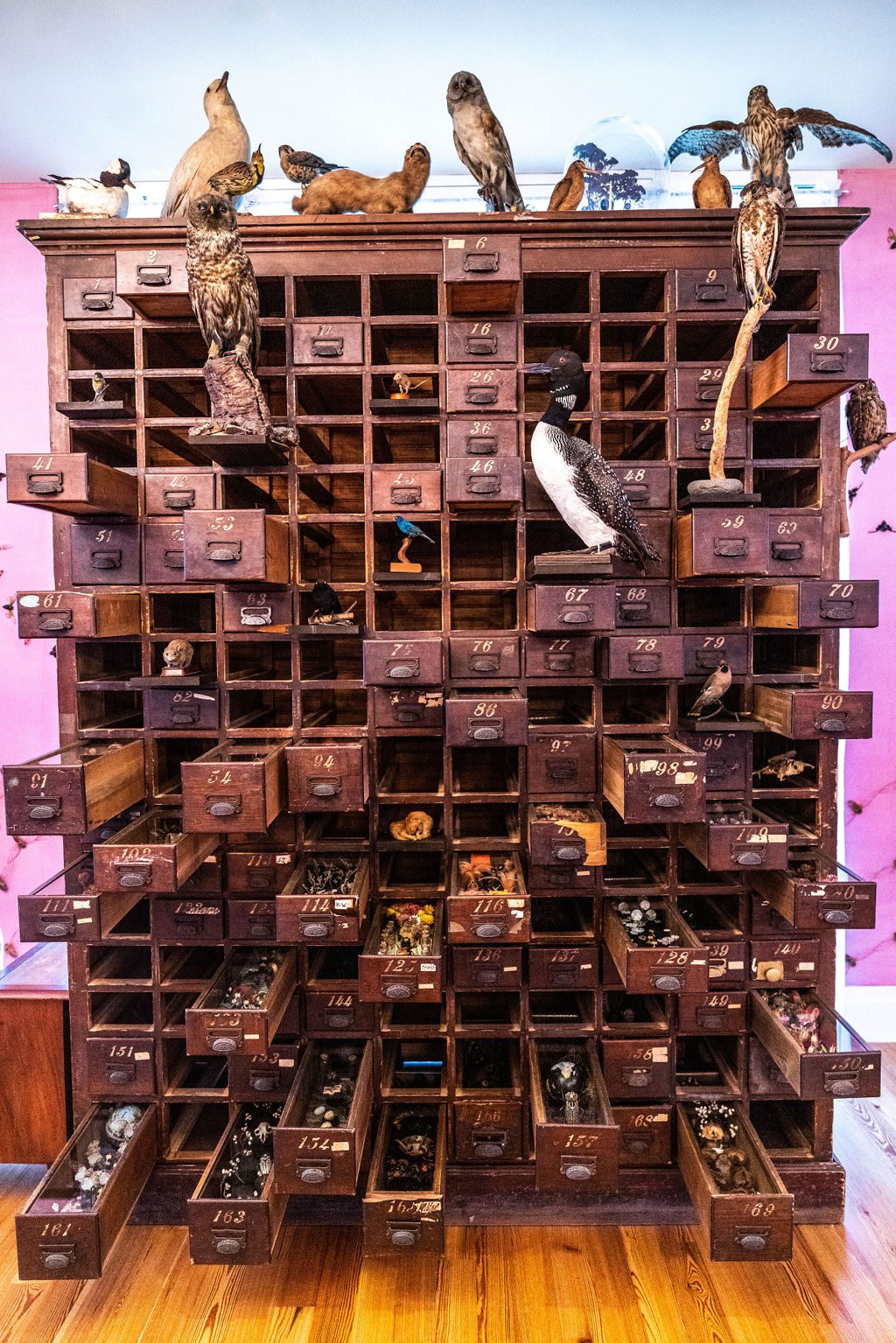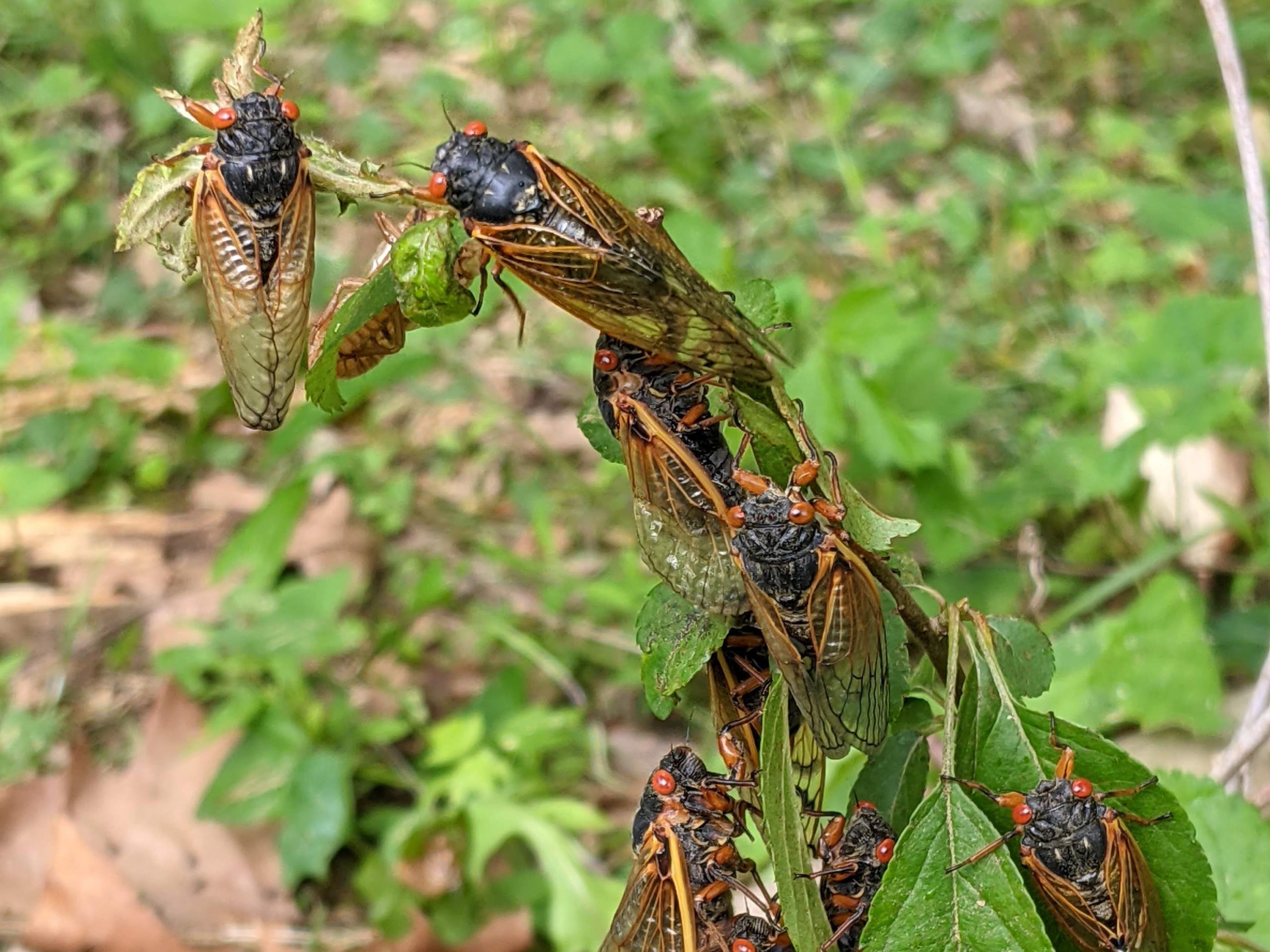Jennifer Angus: Magicicada
July 10, 2021 - May 22, 2022
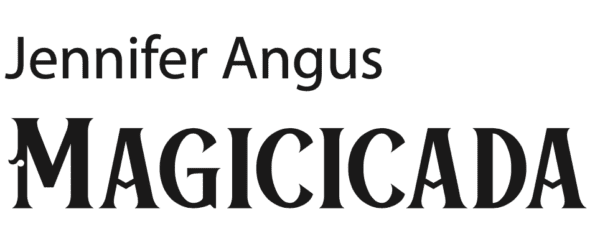
Artist Jennifer Angus presents Magicicada, taking inspiration from the museum’s collection of cicadas – one of the world’s largest. Angus has created an immersive environment to discover, full of exquisite and ornamental patterns and imaginative vignettes, unexpectedly created with hundreds of preserved insects.
Acknowledgments
Jennifer Angus: Magicicada is supported in part by an award from the National Endowment for the Arts.

The Staten Island Museum is supported in part by public funds provided through the NYC Department of Cultural Affairs and by the New York State Council on the Arts.
Magicicada is the genus of seven species of periodical cicadas which emerge out of the ground in remarkable numbers every 13 or 17 years.
This exhibition celebrates not just cicadas but all insects, ‘the little things that run the world’ as described by renowned biologist E. O. Wilson.
—Jennifer Angus
Science Friday: Art & Anthropods
While most people reach for a shoe or a broom when they see a huge bug on their wall, textile designer Jennifer Angus sees beauty and an opportunity for inspiration. Her latest show at the Staten Island Museum, Magicicada, leans on museum's long history and collections of cicadas, the magic of their 17 year life cycle and the victorian-era aesthetics to create wonder from dead creatures that normally elicit disgust.
